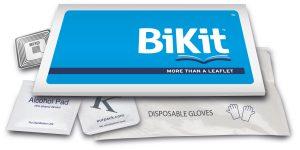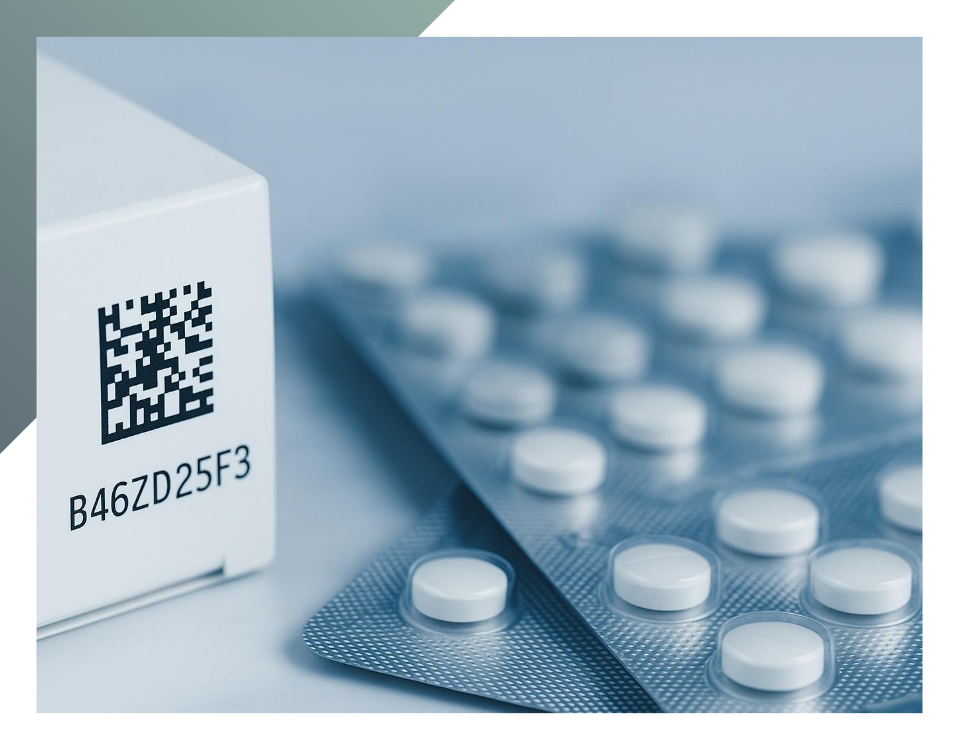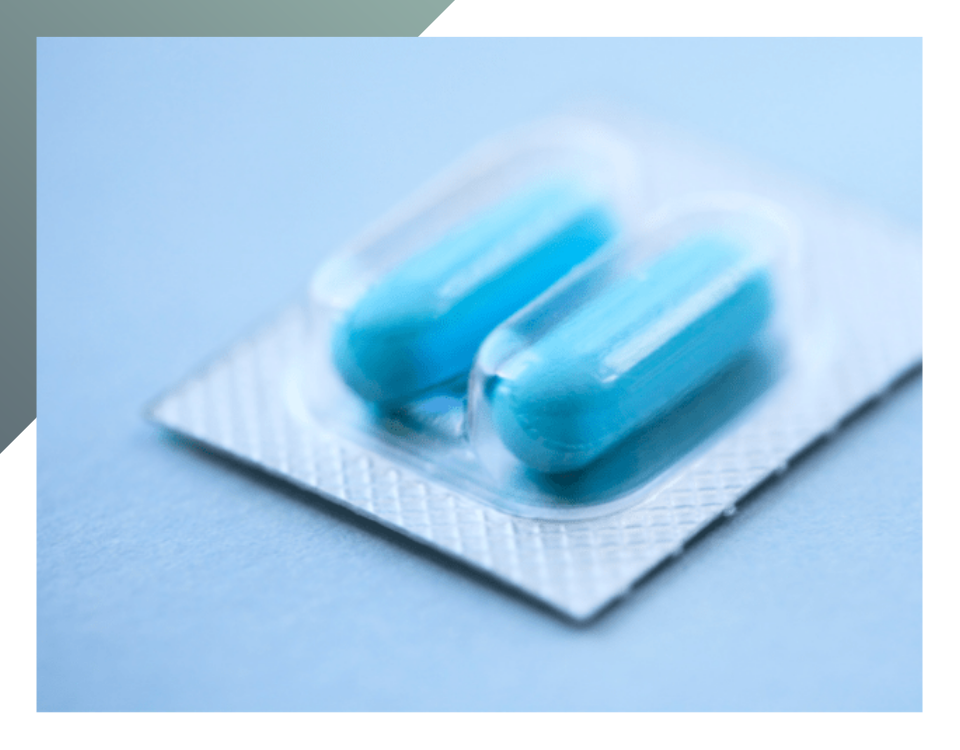The package leaflet is a crucial component within pharmaceutical secondary packaging, as it contains all the necessary information for the consumption of the medication. This includes the composition, correct usage instructions, storage conditions, details of the pharmaceutical company that produced and marketed it, and much more. Due to its central role in patient safety, the creation of drug leaflets, as well as pharmaceutical packaging, is governed by a complex regulatory framework. The current European regulations stipulate that information must be presented in a clear and readable format, both in terms of content and graphics.
Essential content requirements for the package leaflet
All regulatory references for the creation of the package leaflet are included in Directive 2001/83/EC: code relating to medicinal products for human use. The text specifies that each drug package, with or without a prescription requirement, must include a package leaflet containing certain precise information intended for the patient for the correct use of the medication. The contents of this important document include:
- Identification of the medicinal product: name, pharmaceutical form, category, name and address of the marketing authorization holder (MAH) and manufacturer;
- Information on the therapeutic purpose of the medicine, pharmaceutical composition, contraindications, conditions and precautions for use, interactions with other medicines, foods, or other substances, warnings;
- Information on the use of the medicine, including the correct dosage, administration methods, treatment duration, side effects, and how to respond in case of overdose;
- Expiry date and date of the last revision of the package leaflet.
Readability requirements
The European Medicines Agency (EMA) has established the “Guideline on the Readability of the Labeling and Package Leaflet of Medicinal Products for Human Use” to ensure compliance with legislative provisions for the proper presentation of the package leaflet to the competent authorities. This document specifies, in addition to pharmaceutical packaging labelling requirements, all the correct methods to make the package leaflet more readable for patients and, at the same time, provide information support to MAHs to authorise the marketing of a medicine in accordance with the law. The document is accompanied by the “CMDH annotated QRD template for MR/DC procedures“, a model that supports pharmaceutical companies in the drug authorization process. The template provides a standard format for the correct processing of the Summary of Product Characteristics (SmPC) and Package Leaflet (PL), which includes information on medicines and the package leaflet. This model specifies the correct order of paragraphs, their content, text formatting, and all the instructions for proper printing, providing valuable support to pharmaceutical companies and packaging manufacturers. For instance, it specifies the need to write scientific names of bacteria or active ingredients in italics and Latin, as well as the font, format, and spacing to be maintained between various text lines and parts. In addition to outlining the correct way to create the package leaflet, the document allows for electronic format support. In general, the current regulations emphasize the importance of providing necessary information in a clearly comprehensible manner for the correct use of the medicine, through a comprehensive package leaflet. This ensures maximum therapeutic adherence to the medicine. For this reason, pharmaceutical companies conduct readability tests, involving professionals, users, and volunteers, in order to assess the understanding of the information, and make any necessary changes. MAHs may also develop a Bridging Report, a document requesting that a readability test used for the validation of another package leaflet be referenced if both have similarities in terms of content and layout.
Innovative solutions for improved accessibility: electronic package leaflet
The package leaflet, as an integral part of packaging, is regulated to ensure accuracy, comprehensiveness and ease of understanding. However, the latter requirement is not always easy to guarantee. Constant legislative revisions for patient safety require pharmaceutical companies to produce a package leaflet on paper, often very long to unfold and fold, with very small font size. These elements present accessibility issues for some with visual or motor limitations. Furthermore, the content is rich in technicalities and elaborated in a language that is often too complex for some patients. The European Commission has proposed a reform of pharmaceutical legislation that would revise Directive 2001/83/EC in light of ongoing readability issues. On 21 April 2023, a proposal was presented with the aim of encouraging the adoption of electronic package leaflets and other regulatory documents in digital format. The proposal has two key objectives: firstly, to streamline regulatory procedures for pharmaceutical companies, and secondly, to promote the development of digitalisation to enhance medicine accessibility for patients. The pilot project has already allowed the publication of the first electronic documents for 25 authorised medicines in Denmark, the Netherlands, Spain, and Sweden. In conjunction with this initiative promoted by institutional bodies, the AFI (Pharmaceutical Industry Association) has launched the My e-Leaflet project. The project’s objective is to introduce an electronic package leaflet tailored to patients, capable of overcoming the recognised challenges in the traditional paper leaflet. The consensus document, developed with the support of many other patient associations, healthcare professionals, and experts, identifies the most significant challenges currently faced with the paper package leaflet and proposes a new digital format that not only transposes the contents of the standard leaflet but also presents medicine information in a way that respects readability, comprehensibility, and accessibility criteria. It foresees the integration of alert systems for information updates, multimedia content (audio/video), and multilingual translations.
Eurpack’s BiKit
To meet the need to simplify the understanding of the package leaflet and address the issues highlighted in the traditional package, Eurpack has devides BiKit. This innovative design solution facilitates patient interaction with the package leaflet, while simplifying production by manufacturing companies.  BiKit’s features enable users to flip through it comfortably instead of unfolding and folding it, providing two significant advantages:
BiKit’s features enable users to flip through it comfortably instead of unfolding and folding it, providing two significant advantages:
- A larger text surface has been incorporated into the packaging without any compromise to the overall dimensions;
- The packaging can include different informational supports for each market (PIL, Medication Guide, IFU), as well as accessories such as wipes, cleansing gel, and other elements to enhance the medication user experience.
From the patient’s perspective, BiKit enhances the consultation of the package leaflet and its storage for later reading, eliminating the inconvenience of uncomfortable folds and damage.
Come possiamo aiutarti?
Se desideri approfondire il nostro impegno verso la sostenibilità o hai domande sui nostri progetti e sulle nostre iniziative, siamo a tua disposizione per offrirti tutte le informazioni di cui hai bisogno.



